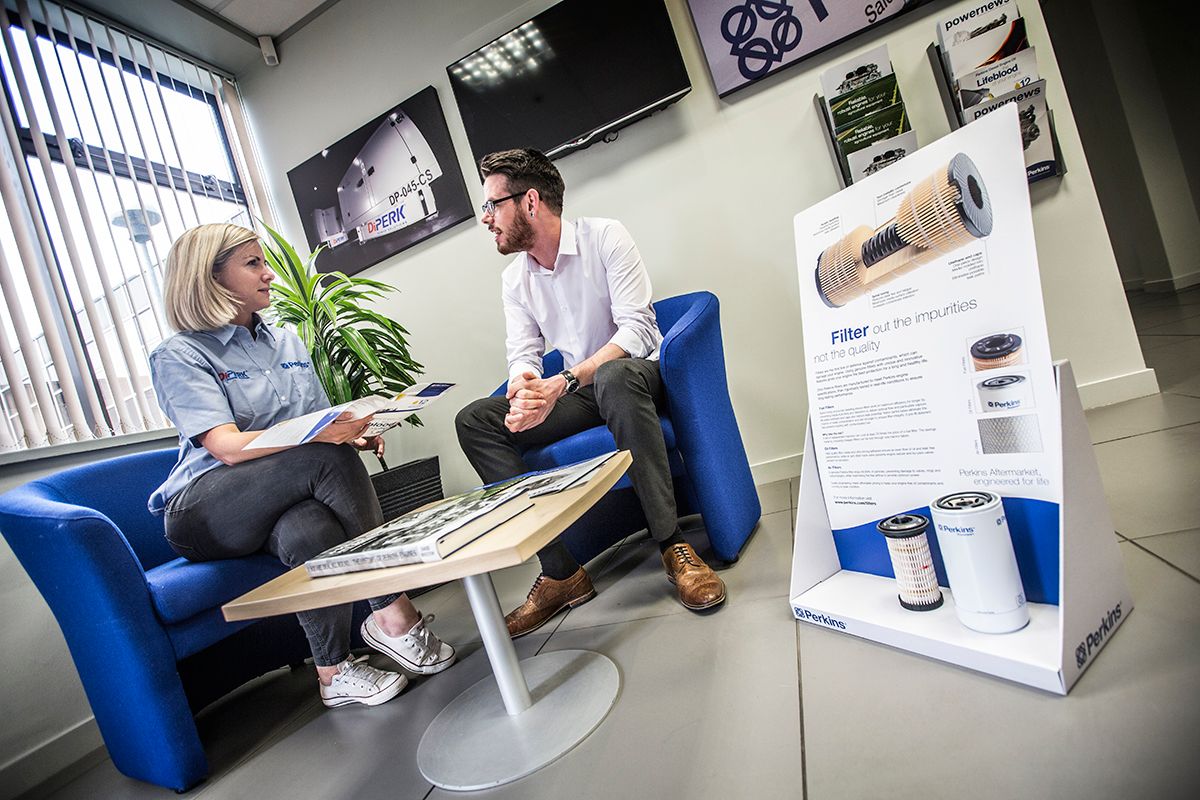Energy saving and sustainability are a part of our day to day operations not just in the manufacturing processes, but throughout our facilities. Energy consumption throughout each facility is tightly monitored and controlled, and waste products from all operations and supporting areas are either reused or recycled.
Ongoing engagement of employees and communication is key. Our employees want to actively play their part and know that following onsite processes and procedures will help us achieve our targets and minimise our environmental impact.
At each one of our facilities, we’re focused on:
Energy saving and sustainability are a part of our day to day operations not just in the manufacturing processes, but throughout our facilities. Energy consumption throughout each facility is tightly monitored and controlled, and waste products from all operations and supporting areas are either reused or recycled.
Ongoing engagement of employees and communication is key. Our employees want to actively play their part and know that following onsite processes and procedures will help us achieve our targets and minimise our environmental impact.
Perkins is a company with a keen sense of its environmental responsibilities and a determination to follow a policy of sustainable development. Every stage of the manufacturing processes in our facilities has been studied and reassessed to see if there is any way in which it can be made more energy efficient. Sustainability is built into the way we work.
All the teams at our various facilities are trained to be constantly aware of the importance of sustainability. Environmental responsibility is part of being a Perkins employee. We promote sustainable development through:
If you're ready to receive trusted advice from a Perkins expert, speak to our team today.
Connect with usOur digital magazine with the latest news, interviews and analysis.
Read moreYour regional Perkins Distributor can provide local, on-the-ground engine support.
Learn More

